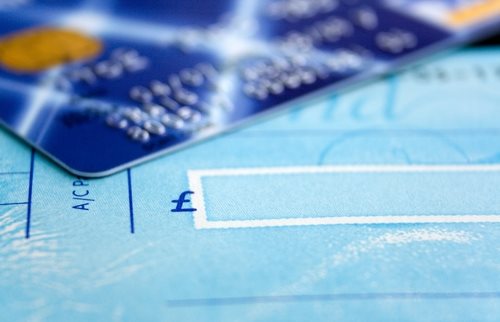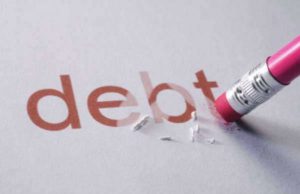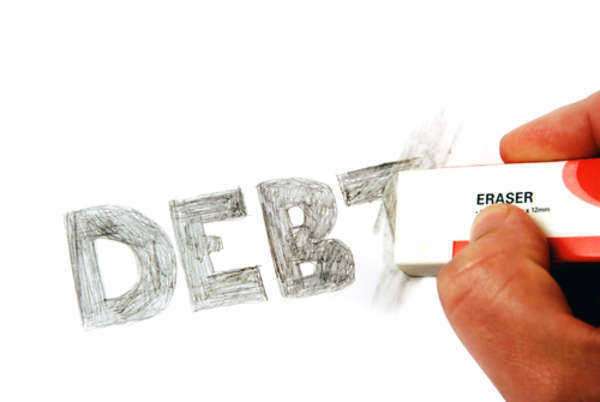
Credit card debt can be overwhelming and stressful. The ever-increasing interest rates and minimum payments can quickly add up to a massive debt. If you are struggling to pay off your credit card debt, you should know that settling your debt is possible. In this ‘How-To’ guide, we are going to share some useful tips on how to settle your credit card debt and get back on the path to financial well-being.
Understanding Credit Card Debt Settlement
Credit card debt settlement is a process of negotiating with your creditors to pay off your debt for less than what you owe. This process is usually initiated by individuals who are finding it hard to make their monthly minimum payments. Credit card companies are usually willing to negotiate with delinquent customers to recoup some of the funds owed to them.
It is essential to understand that debt settlement will have a negative impact on your credit score, and it should not be your first option. However, it can be a great option if you are under a lot of debt and cannot pay it off through regular monthly payments.
Step-by-Step Guide to Credit Card Debt Settlement
Here are the steps to debt settlement:
Assess your debt situation
The first step of debt settlement is to assess where you stand. You need to determine your total debt by listing down all of your credit card balances. This information can be found in your monthly billing statements, or you can request it from your credit issuer.
It is also essential to understand the terms and conditions of your credit card agreement. Some credit cards have clauses that may prevent you from settling your debt, such as charging you for early payment.
Create a budget
Once you know your total debt, create a budget that will help you determine how much you can realistically afford to repay each month. Determine how much you can afford to pay on each card and prioritize the ones with the highest interest rates. You should also try to reduce your monthly expenses by cutting down unnecessary expenses and finding ways to increase your income.
Contact your creditors
Contact your creditors to discuss debt settlement options. You can make this call yourself, or you can hire a debt negotiation agency to do it for you. When you contact your creditors, be prepared with a repayment plan that you can afford. Your creditor may ask for proof of your income. Be honest about your financial situation, as this will help the creditor understand your ability to pay off the debt.
Negotiate a repayment plan
When negotiating a repayment plan, aim to pay off less than what you owe. Be prepared to present a solid case to your creditor, explaining why you cannot pay the full amount. Most creditors will be willing to negotiate if it means recouping some of their funds.
Once you have agreed on a settlement amount, be sure to get a written confirmation from the creditor stating that the debt has been settled. This will come in handy if the creditor tries to claim the remaining balance at a later point.
Make the settlement payment
Once you have agreed on a payment plan, make your settlement payment immediately. You can make this payment in a single lump sum or through multiple payments over a set period. Remember that when you make the payment, you are agreeing to the creditor’s terms, so be sure that you can afford the monthly payments that you are committing to.
Monitor your credit score
After settling your credit card debt, monitor your credit score to ensure that it reflects the new balance. Some creditors may take longer to report to credit bureaus, so regular monitoring is essential. It is also essential to note that settling your debt will impact your credit score, so it may take some time to rebuild your credit after the settlement process.
Debt Settlement vs. Debt Consolidation
Debt settlement is not the same as debt consolidation. Debt consolidation involves taking out a loan to pay off your debts. The goal is to reduce the interest rate and have a fixed monthly payment that is more manageable than the sum of all your previous debts.
Many debt consolidation loans offer lower interest rates and more favorable terms than credit cards. However, you still have to pay back the full amount that you borrowed, plus interest, which can take longer, and you may end up paying more than what you initially owed.
Debt settlement, on the other hand, involves negotiating with your creditors to pay a fraction of the total debt and having the remaining balance forgiven. Debt settlement may have a more significant negative impact on your credit score than debt consolidation, but it is an option worth considering if you are unable to meet your debt obligations.
Government Resources
The government provides valuable resources for individuals seeking to settle their credit card debt. The Federal Trade Commission (FTC) provides information on debt settlement and debt relief, stating that debt settlement companies may not be able to deliver what they promise.
The Consumer Financial Protection Bureau (CFPB) also provides useful information on debt settlement, stating that individuals can negotiate directly with their creditors or hire a debt negotiation company, but they should be cautious of scams and high service fees.
Conclusion
Credit card debt can be overwhelming, but with the right tools and resources, it is possible to settle your debt and regain financial independence. Assess your debt situation, create a budget, and contact your creditors to discuss settlement options. Negotiate a payment plan and make your settlement payment as soon as possible. Remember to monitor your credit score regularly and be patient. It may take some time to rebuild your credit after settling your debt.





















